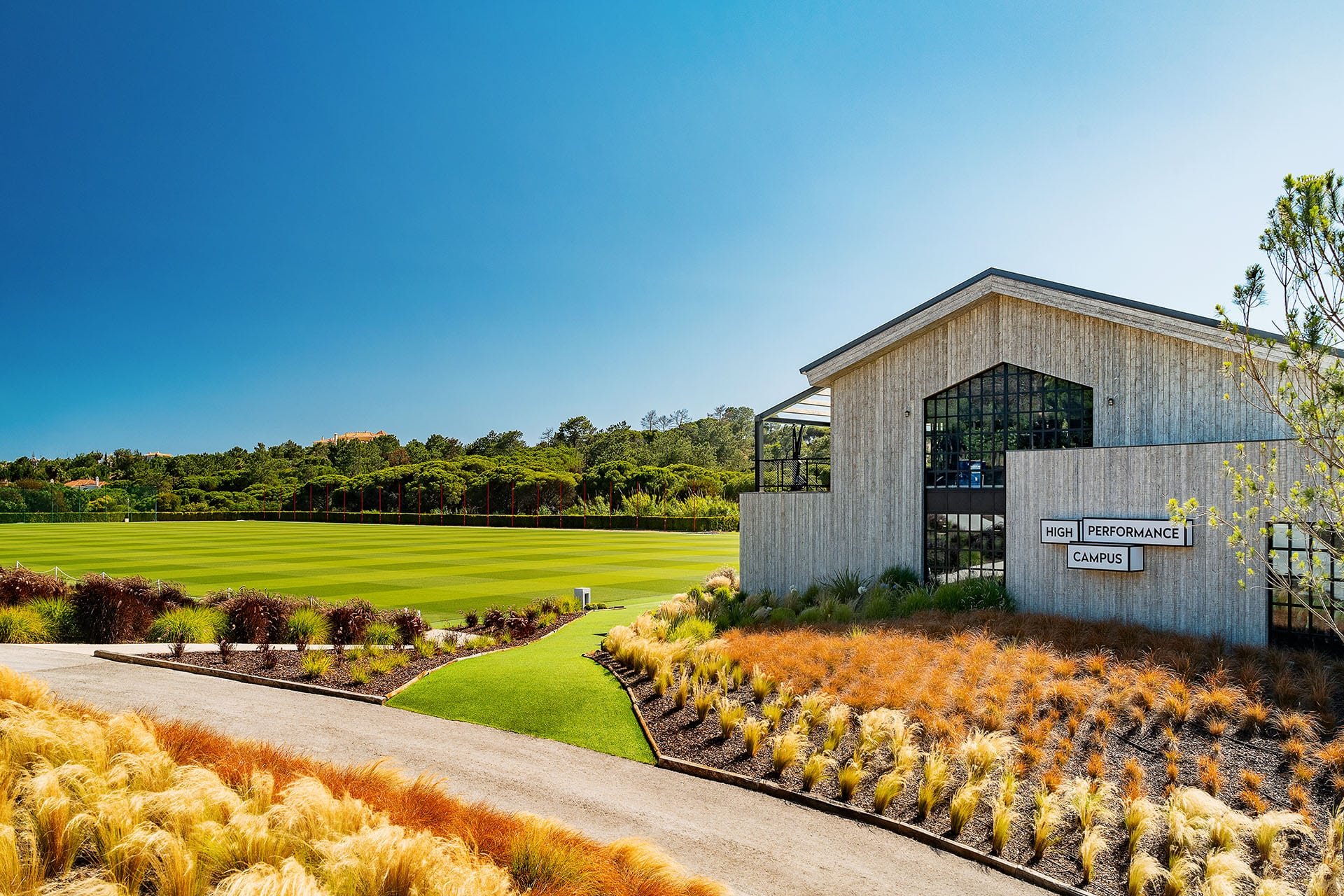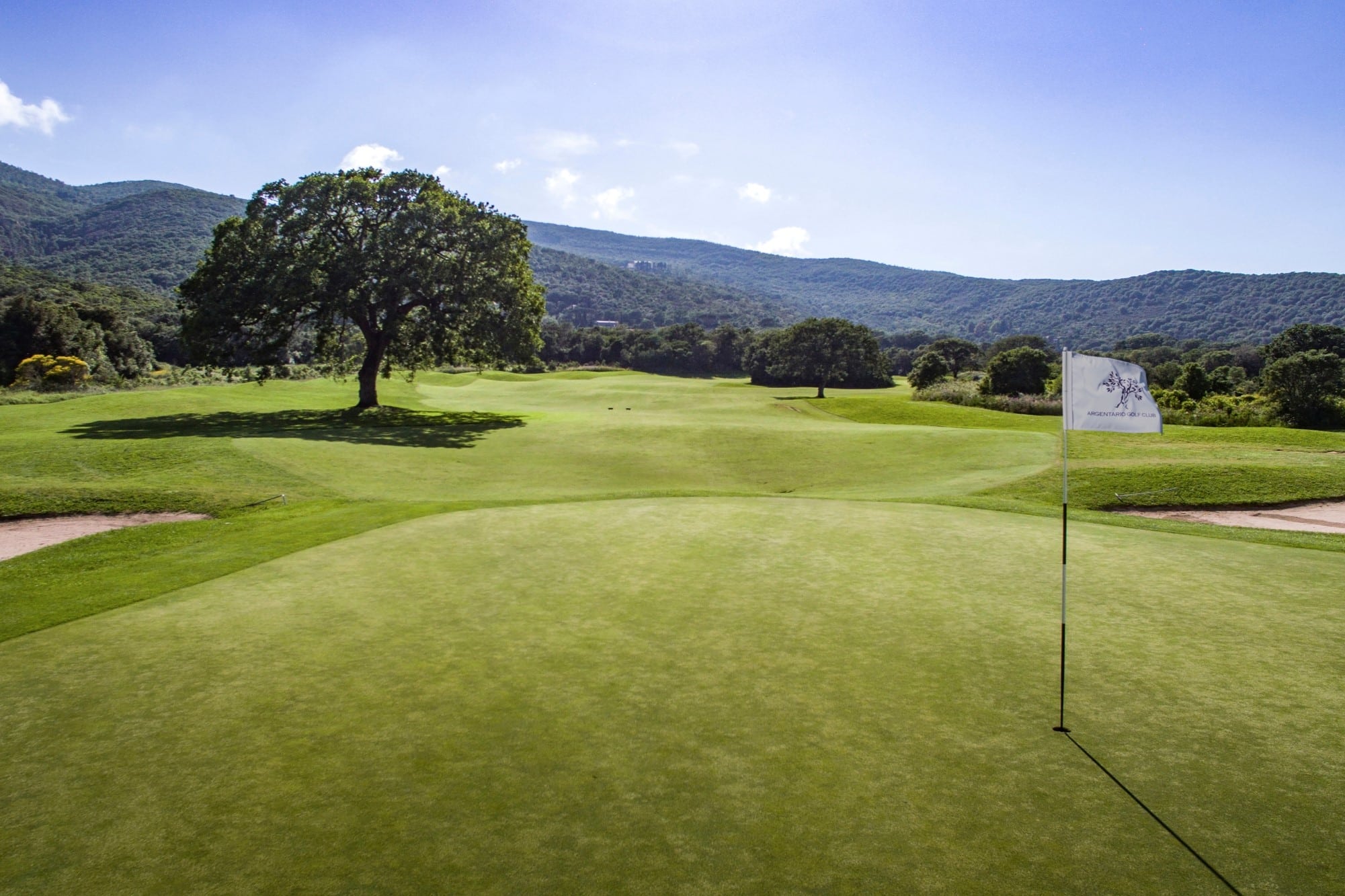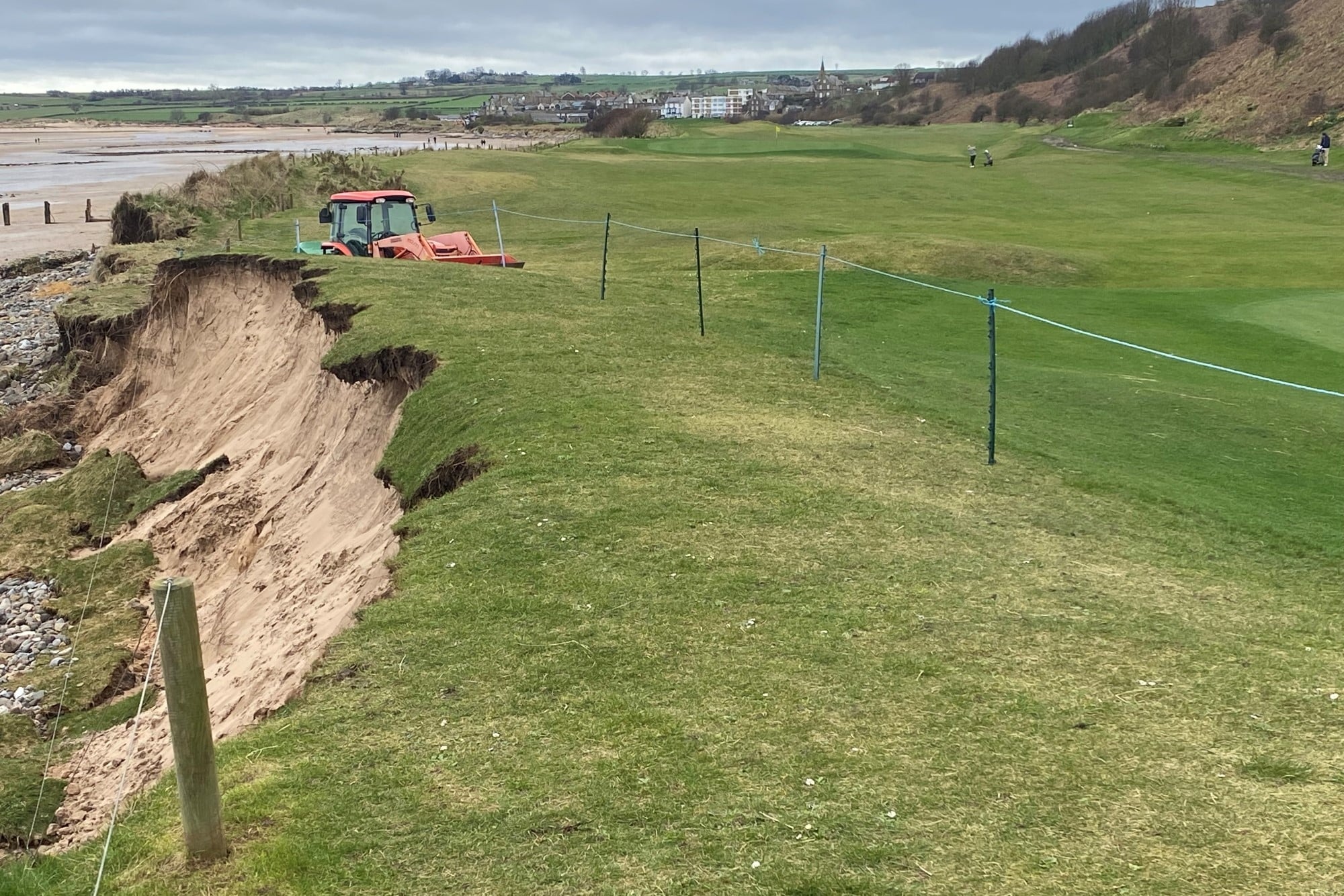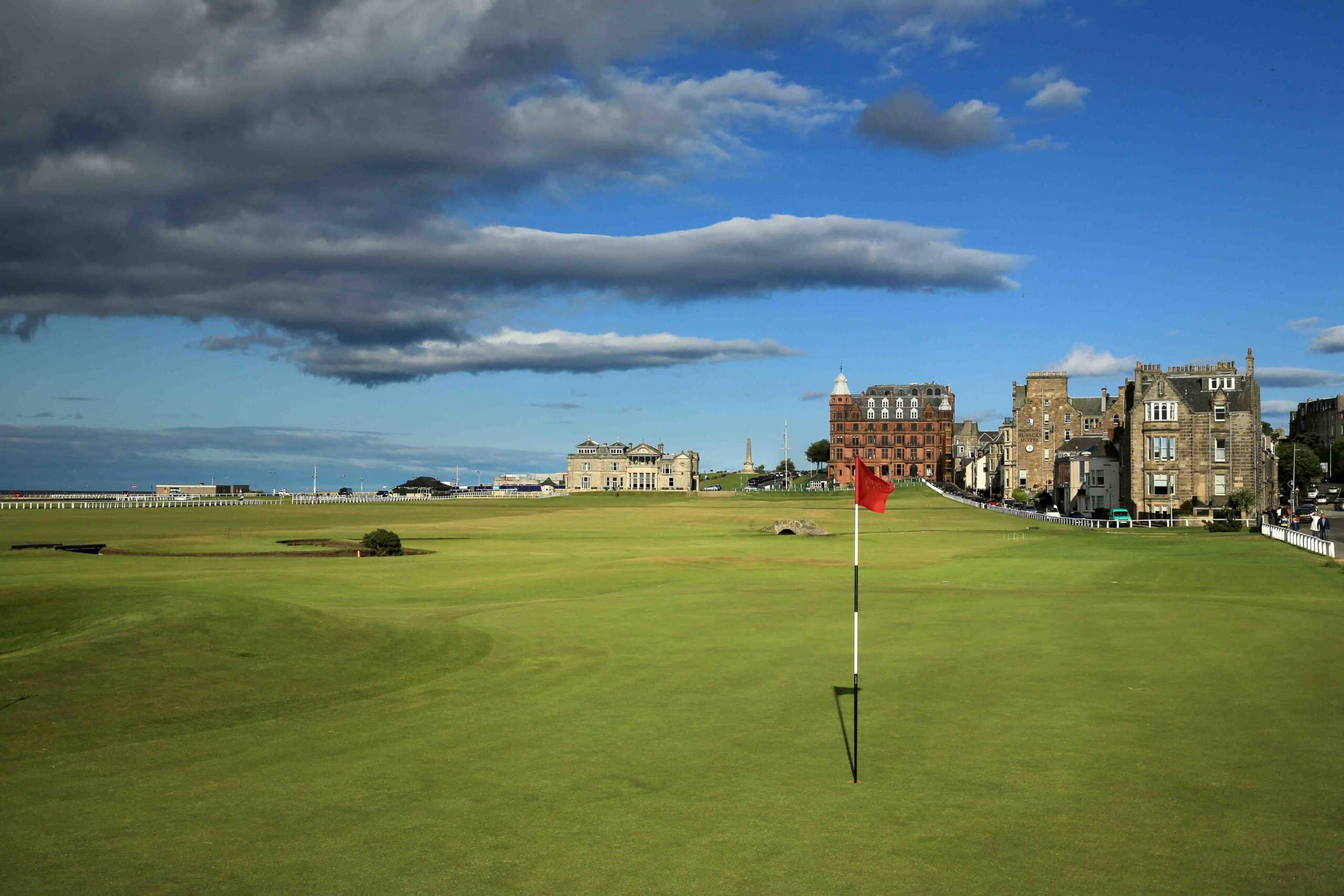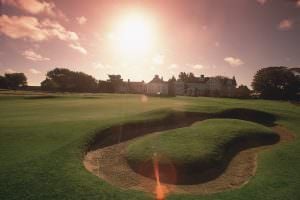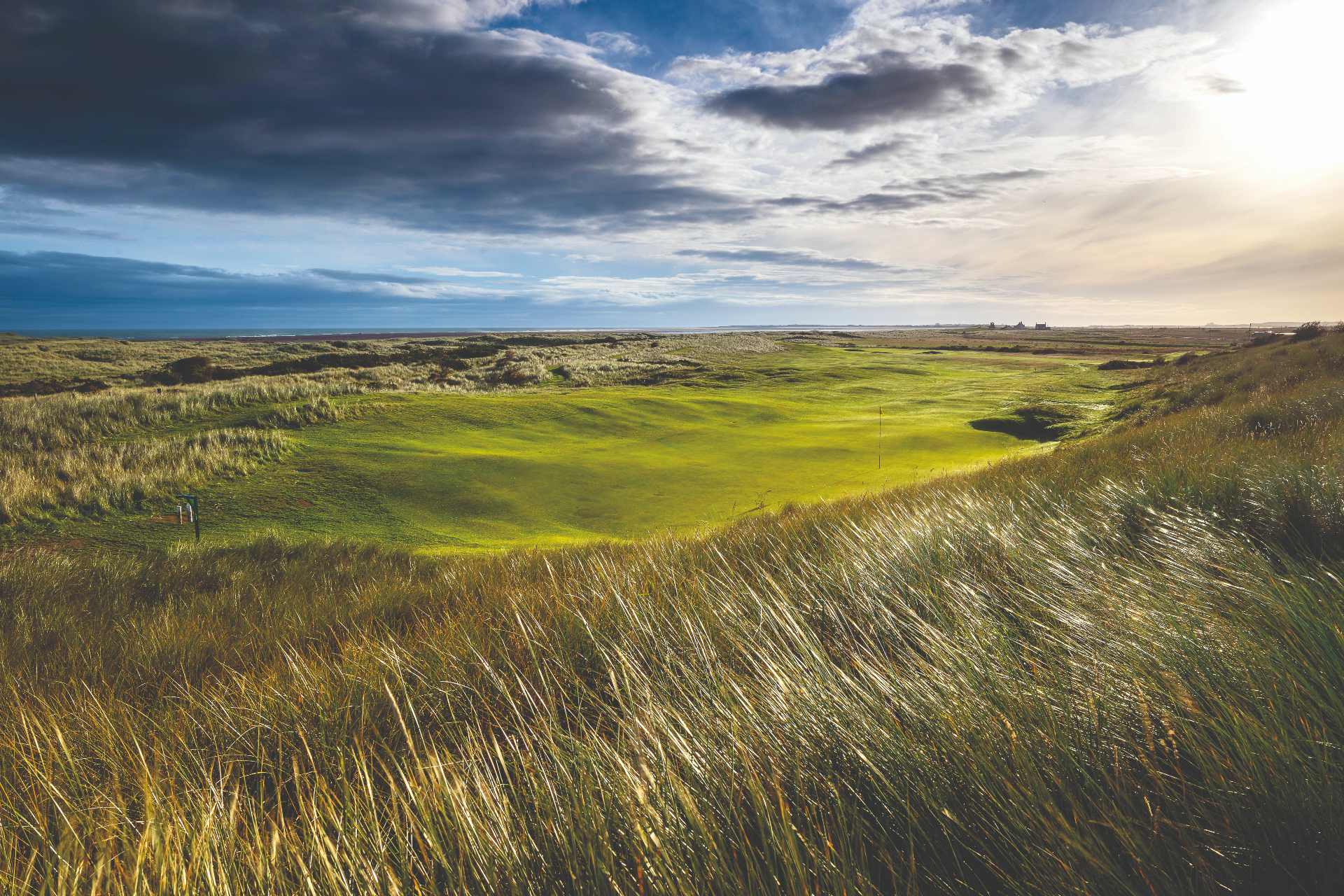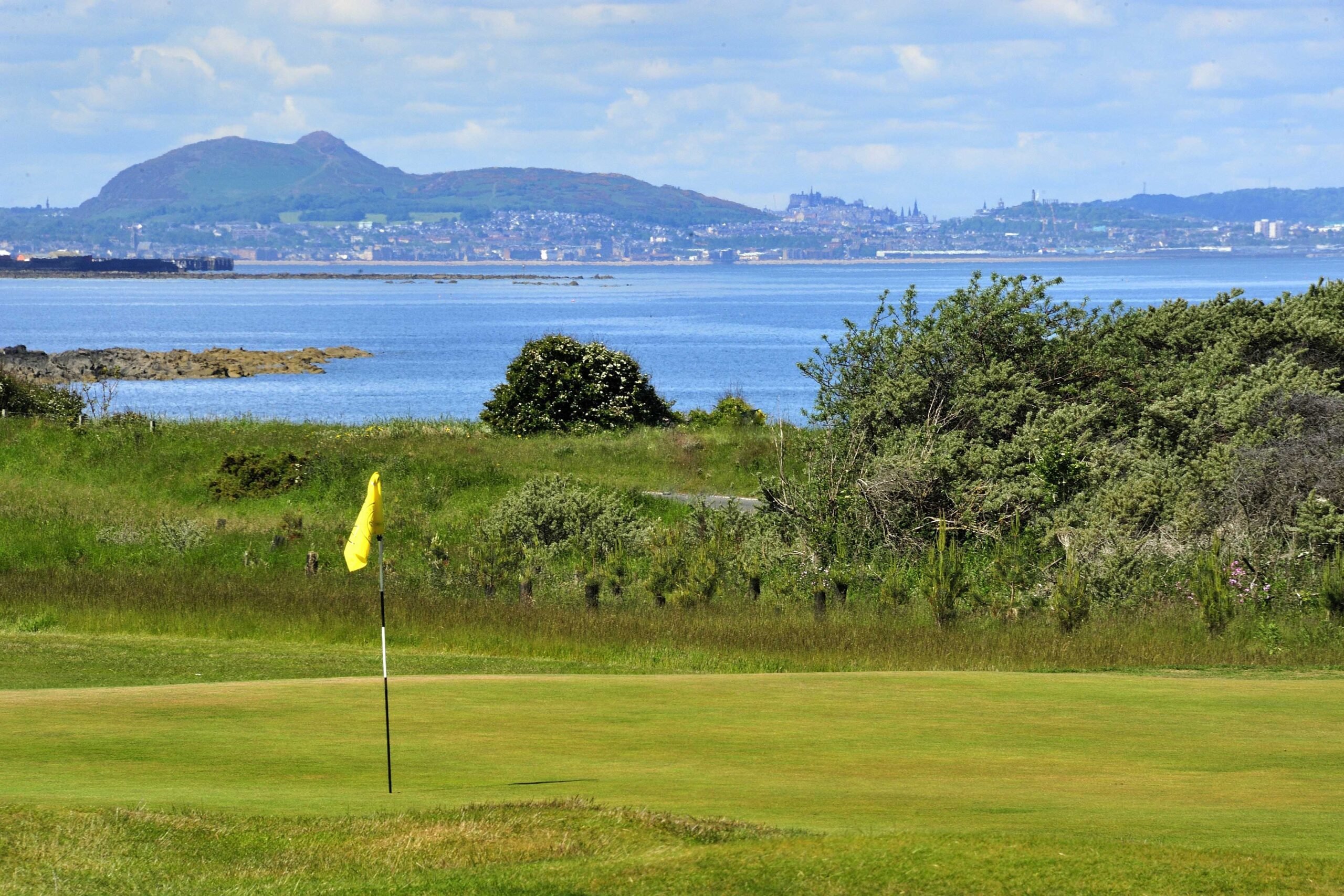
Why Longniddry proved such a tough test for the pros
The professionals who will take on Longniddry in Scottish Open qualifiers later this year are following some very distinguished company.
It is reported the ill-fated Mary Queen of Scots played golf in the area around the mid-16th century and it was golfing royalty that has shaped the course as we know it today.
Harry Colt is responsible for the layout, produced shortly after the conclusion of the First World War, but James Braid, Philip Mackenzie Ross and Donald Steel have also left their mark.
The result is a links-parkland mix that’s just 6,260 yards off the white tees – but is a par 68 with a real punch.
In fact, it’s such a test for the best exponents that it held Scottish Open qualifying last year and will do so again with the event played at East Lothian neighbours Renaissance.
We caught up with Longniddry general manager Bob Gunning to learn more about the closest seaside course to Edinburgh.
Last year’s Scottish Open qualifier was such a great success they are coming back to you again on July 6 and 7…
We had 140 players in two rounds qualify for four places at last year’s Scottish Open and, again, four places will be up for grabs. The course last summer was playing very fast and fiery and the winning score was four under for two rounds. So they didn’t exactly tear the course apart.
The PGA in Scotland were so pleased with the reaction of the players and the support they got from the club that they asked us to host it again this year.
What does an event like this mean to the club?
I think it highlights the challenge of the golf course. I would hope it would encourage people who are looking for a good golf course to play to think ‘if it’s good enough for the qualifiers it is good enough for them’.
What is that challenge?
The fact that the winning score for two rounds was four under par says a lot. The par here is 68 but, for the main competition, the standard scratch is 71. The reason for that is because we have no par 5s. We have eight par 4s measuring over 400 yards. Most of them are into the prevailing wind, which makes it a real test of golf and a good test for professionals as well as amateurs.
It’s a decent chance for spectators to see some quality talent in action over a decent test?
We had a good turn out last year and some marvellous weather. The course was playing so fast and fiery the professionals weren’t hitting driver. They were hitting irons off the tee to keep the ball in play. One of the unique characteristics of Longniddry is we’re a links, but one end of the course is trees. It’s a combination of woodland and links, which is quite unusual.
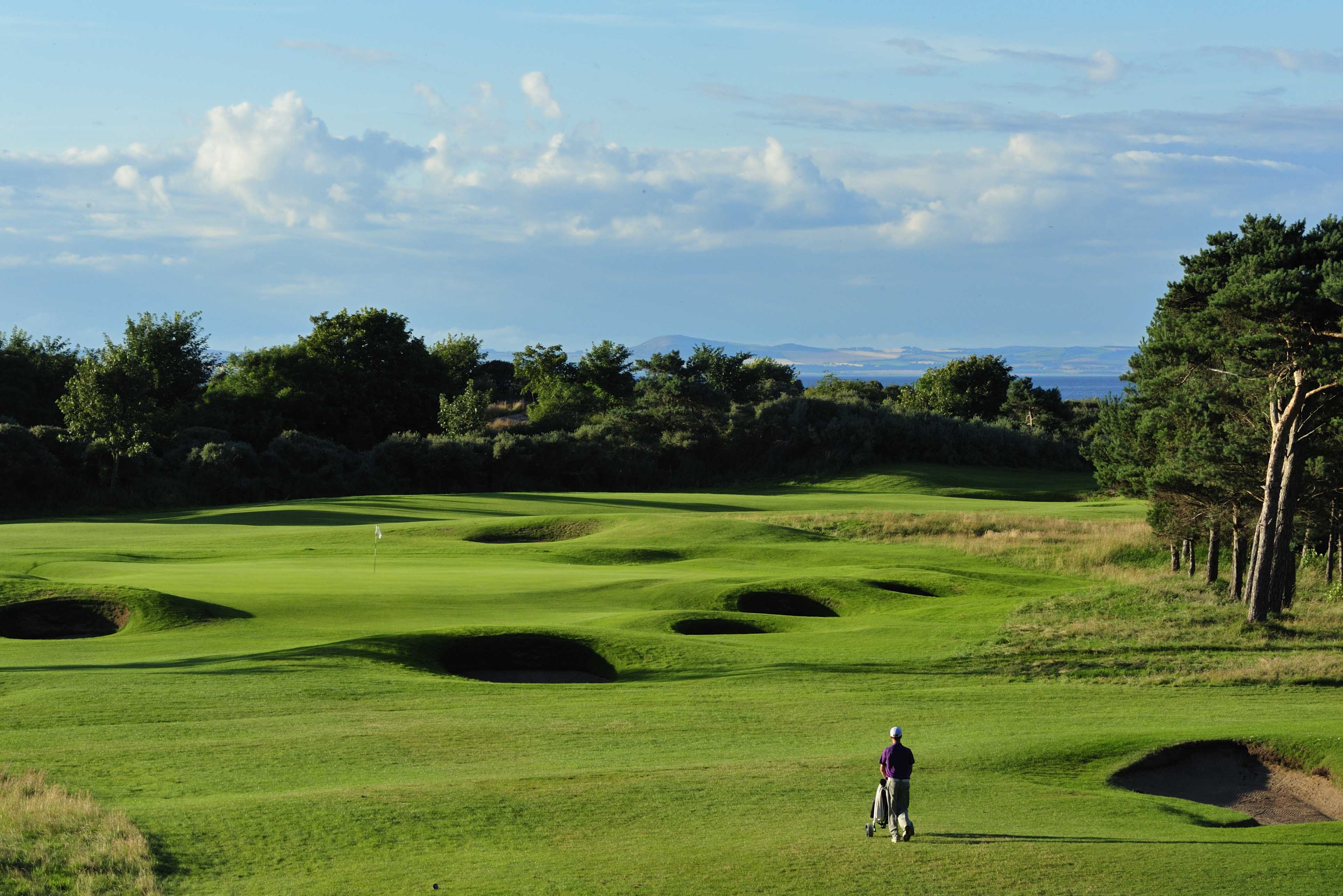
New bunkers part of club tradition
Those who took on that Scottish Open qualifier at Longniddry may need to bin their yardage books – as they will come up against a different test this year.
The club have just completed a programme of renovations, which has seen around a dozen bunkers altered.
“We’ve changed the bunkering on the second hole to make that a more challenging hole,” Gunning explained of the most significant improvements.
“We have used Ecobunker and Astroturf material so when people come back they will notice quite a difference. We are very pleased with what we have seen so far.”
Traditionalists should not be alarmed, for change and improvement has always been part of the Longniddry tradition.
James Braid, in fact, first altered the course in 1936 and Philip Mackenzie Ross was drafted in to build new holes after two by the sea were scrapped. He also redesigned those parts of the course that had been “ploughed up” during the Second World War for food production.
Donald Steel advised on bunkering with many of the original cross bunkers relocated.
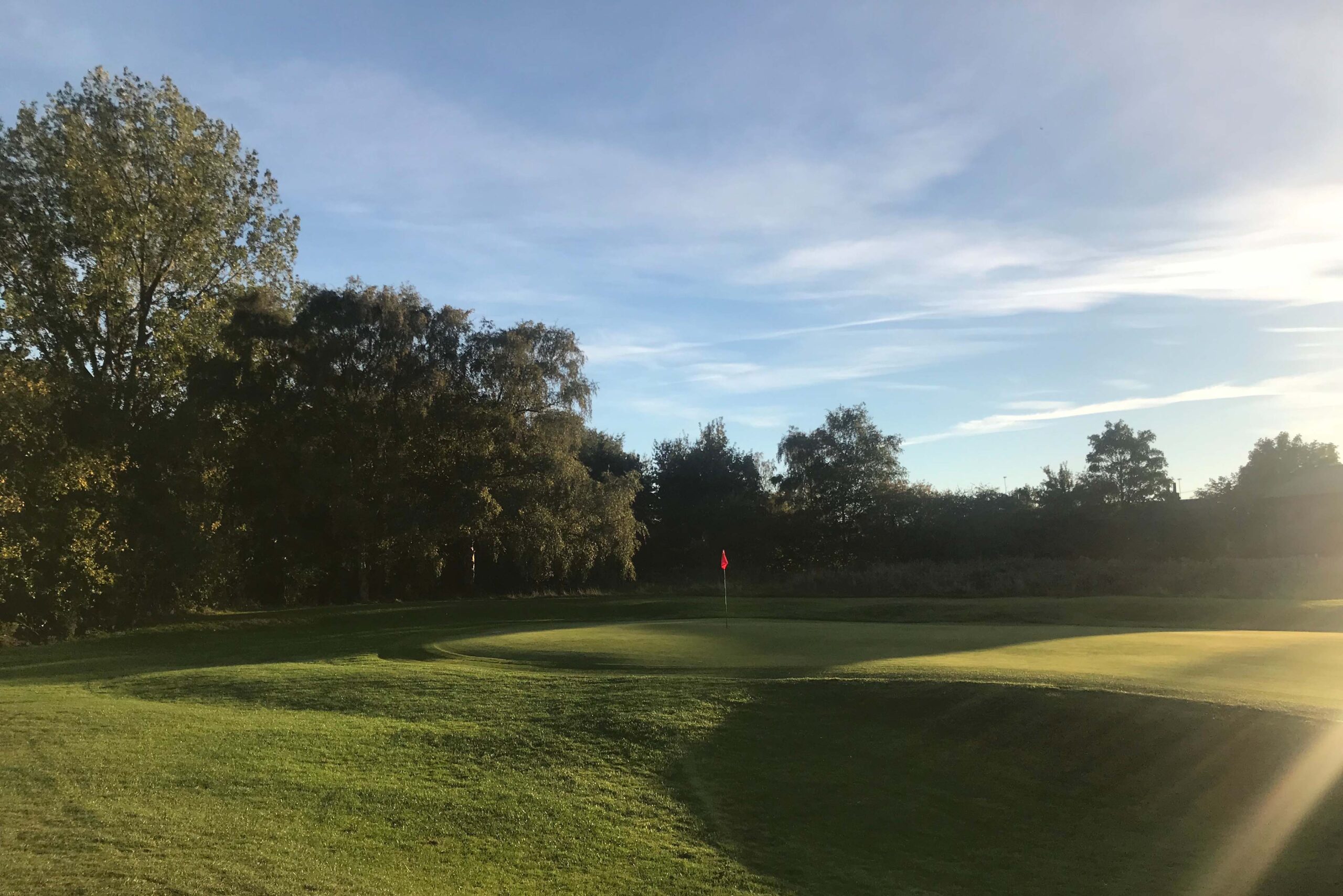
Is this the UK’s only 11-hole golf course?
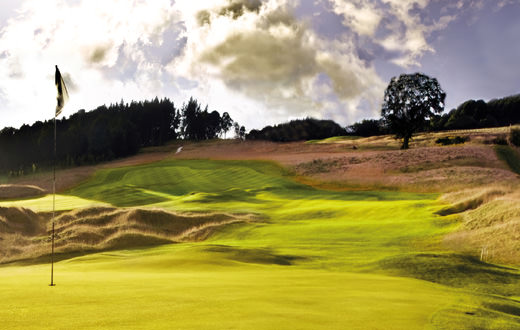
How Close House took the next step after the British Masters

The revamp for the society where club golf first began
Steve Carroll

A journalist for 25 years, Steve has been immersed in club golf for almost as long. A former club captain, he has passed the Level 3 Rules of Golf exam with distinction having attended the R&A's prestigious Tournament Administrators and Referees Seminar.
Steve has officiated at a host of high-profile tournaments, including Open Regional Qualifying, PGA Fourball Championship, English Men's Senior Amateur, and the North of England Amateur Championship. In 2023, he made his international debut as part of the team that refereed England vs Switzerland U16 girls.
A part of NCG's Top 100s panel, Steve has a particular love of links golf and is frantically trying to restore his single-figure handicap. He currently floats at around 11.
Steve plays at Close House, in Newcastle, and York GC, where he is a member of the club's matches and competitions committee and referees the annual 36-hole scratch York Rose Bowl.
Having studied history at Newcastle University, he became a journalist having passed his NTCJ exams at Darlington College of Technology.
What's in Steve's bag: TaylorMade Stealth 2 driver, 3-wood, and hybrids; TaylorMade Stealth 2 irons; TaylorMade Hi-Toe, Ping ChipR, Sik Putter.


